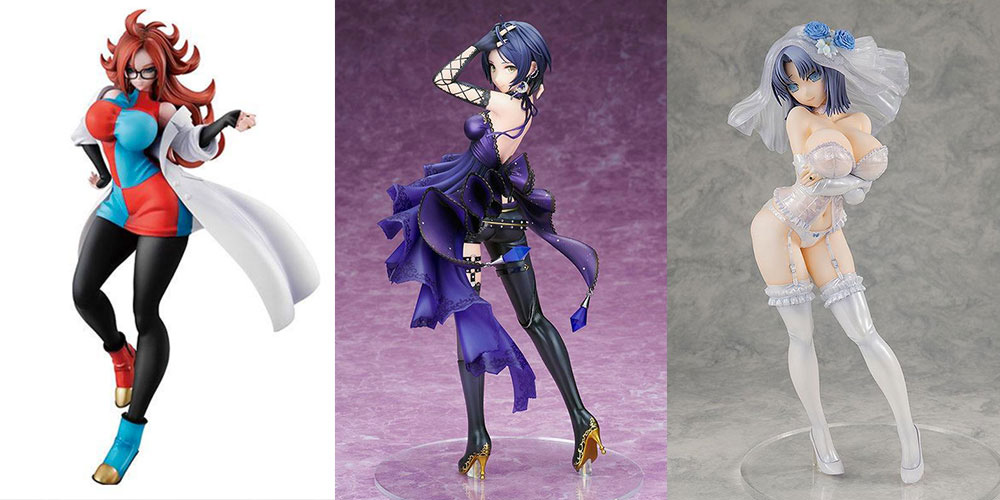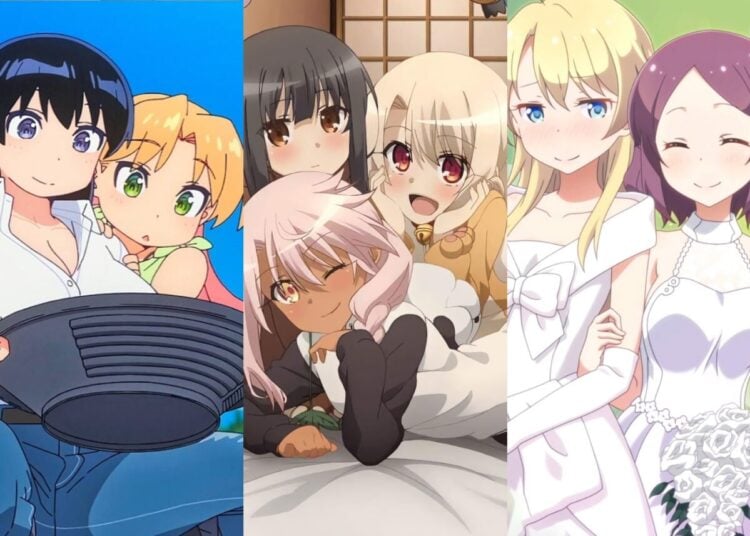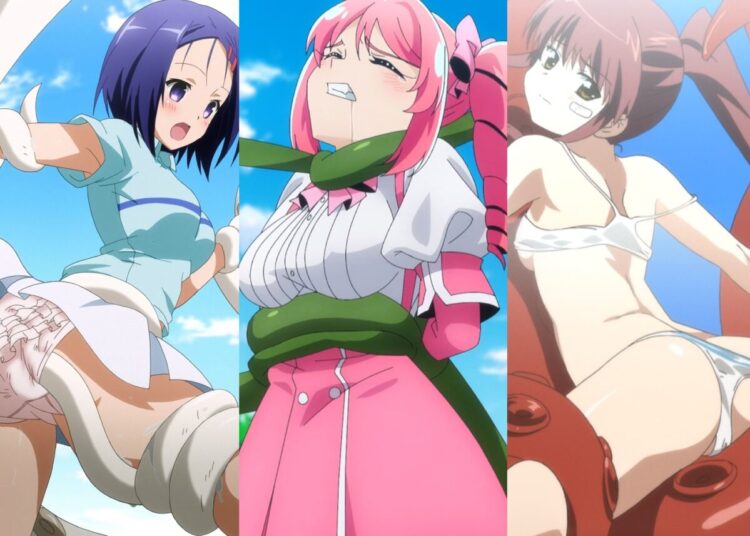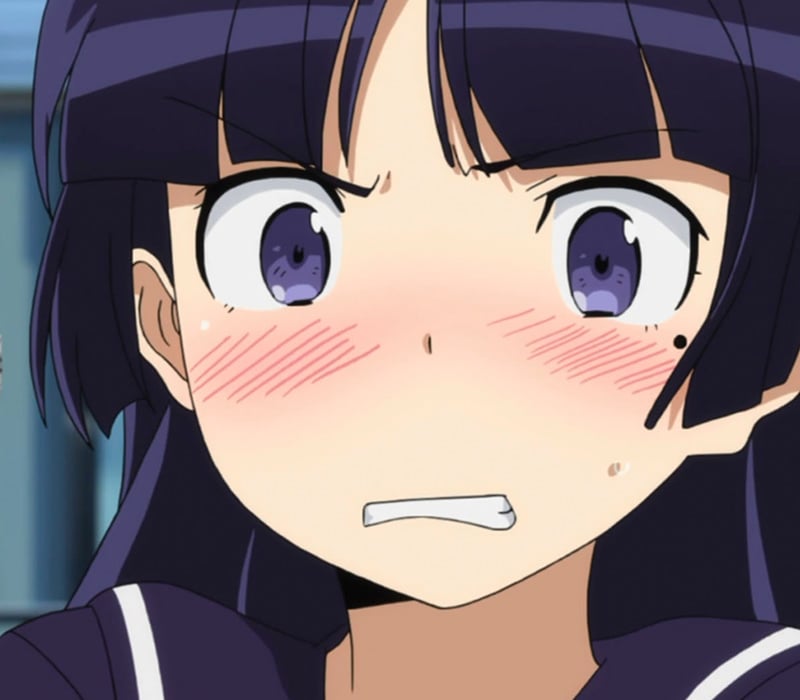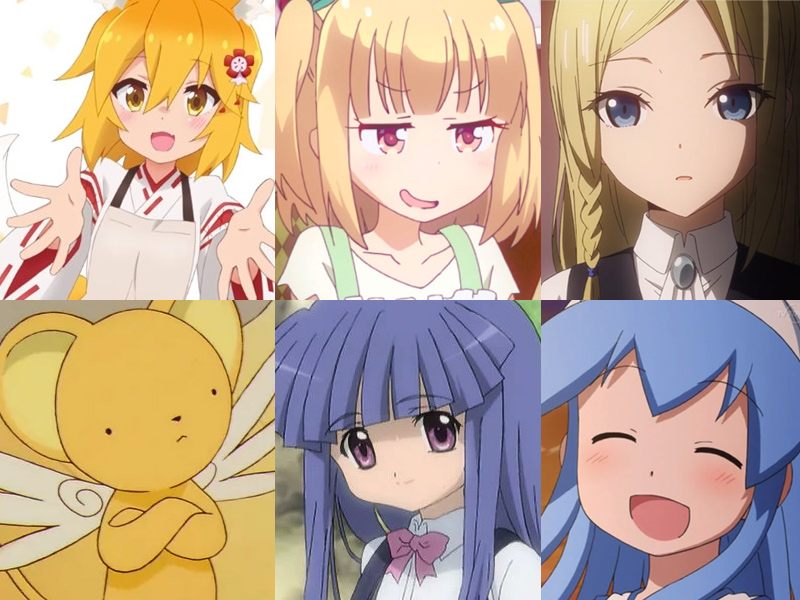
It kind of goes without saying, but anime isn’t always the best place to learn Japanese from. This is because anime is a specialized world of tropes where stories are told in a stylized manner using language that can be quite far from what’s spoken in daily life. In extreme circumstances, the “fake dialects” commonly used in anime can be as different from real, living Japanese as Yoda’s unique speech is from standard English.
One good example is the currently running hit anime The Helpful Fox Senko-san, which found an audience by tapping into stressed-out otakus who desperately want to live with a fox demigod who’ll cook for them and give them massages with their feet. Senko-san speaks a kind of generic “old person’s Japanese” that’s used in anime quite a lot, where da (the informal form of desu) always becomes ja. She talks this way because it’s cute, and she’s an 800-year-old fox demigod, but if anyone used this style of speech in real life, they’d come across sounding, well, like a fan who over-extrapolated what he saw in anime.
Some other “dialects” you often year in anime include:
- Urusei Yatsura introduces a fake “space dialect” for Lum and her family to speak, adding –cha to the ends of every sentence. The –degeso ending used in Squid Girl is a shout-out to this classic joke.
- Of course, Osaka dialect shows up in mainstream anime quite a lot, usually with a random character who speaks Osaka-ben to add flavor to the cast. J-List’s on-staff Kansai expert reports that Osaka-ben in anime sounds bland and fake, lacking the flavor that makes the dialect the choice of all stand-up comedians in Japan. One of the cutest Osaka-ben characters is Yun from New Game! (Sound warning).
- Often these unique accents are ignored in English dubs, but sometimes they’re important to the story and have to be translated, too. In the dub for Magical Knights Rayearth, a bizarre Georgia/Alabama accent is used to represent the Osaka dialect.
- Despite many other regional dialects to lampoon, very few of them ever end up in anime. Yozuru from Monogatari Series speaks an elegant and formal form of Kyoto-ben. Another one is Akita dialect, in Japan’s frozen north, where Ebina-chan comes from.
- Foreigners have unique accents since we tend to speak Japanese while maintaining the intonation of our native languages. It sounds something like this.
- It’s common to give characters cute-girls-doing-cute-things anime strange but cute verbal ticks, like say desu in places where it doesn’t need to be said.
- In case you wanted to know how Jar-Jar Binks sounds in Japanese, it’s pretty standard language, but with the English words “me” and “you” inserted for subjects, in katakana. And Yoda’s Japanese voice speaks…generic “old person’s Japanese” pretty much identical to Senko-san.
The main takeaway is that anime and manga are loaded with unique, specialized language that no one uses in real life, and learning the language from these sources exclusively can lead to embarrassment. A good example is when I read a lot of Fist of the North Star manga in Japanese and went around talking like Kenshiro in extremely rude, manly Japanese that I had to un-learn. That was a little awkward…
If you’re interested in learning Japanese, we do have lots of Japanese textbooks, flashcards and other fun products in stock. Browse them all here.
J-List stocks tons of super sexy anime figures that you can preorder, and today we’ve got a bunch of new offerings for you.


